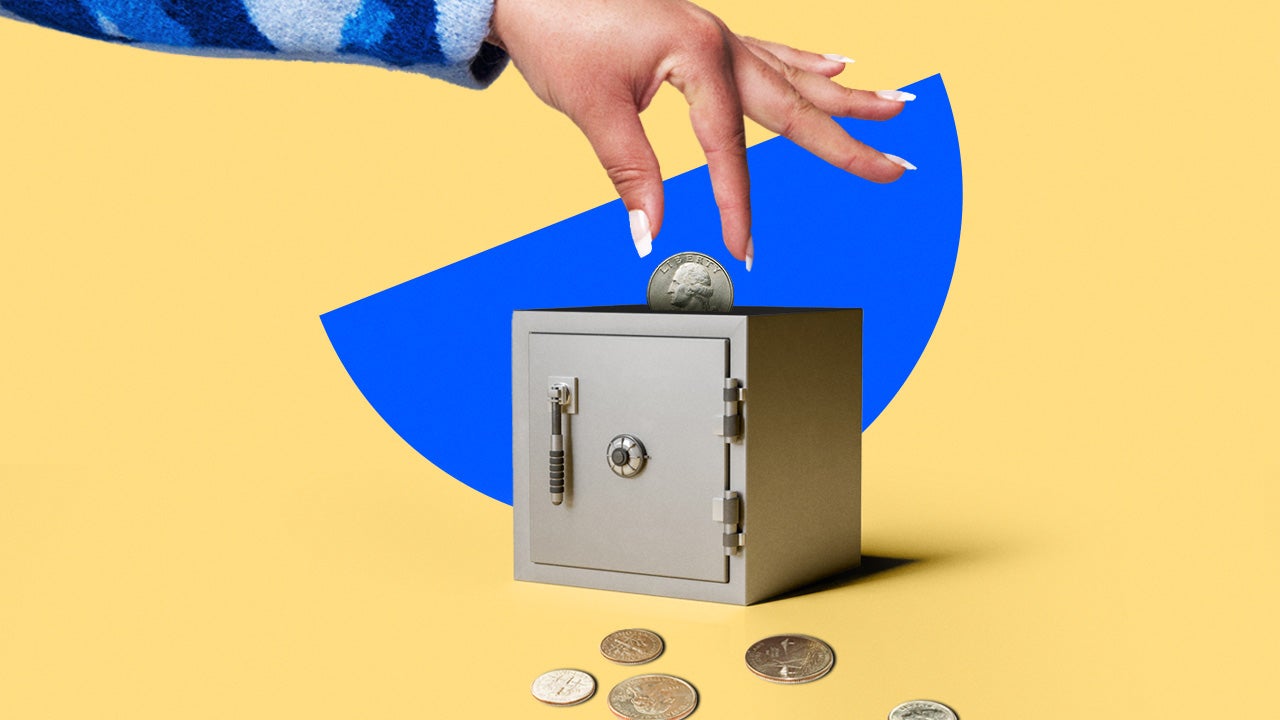Which CD term is best in a lower rate environment?

Key takeaways
- In a lower rate environment, CD rates typically decline
- Shorter-term CDs offer more flexibility to access funds sooner, while longer terms can hedge against further rate drops
- Being locked into a longer term during rate increases means potentially missing out on higher yields
- Laddering CDs or choosing medium-term CDs can help balance earning potential and access to funds
When interest rates decline, you face the tough decision about where to place your money. Certificates of deposit (CDs) are traditionally a safe option if you’re risk-averse, since they offer fixed returns over specific terms. However, in a lower rate environment, it’s important to choose the most beneficial CD term for your personal situation.
Should you lock in a longer-term CD to secure the current rate, or choose a shorter one to keep your funds readily available? Here’s how falling rates impact CDs and how to choose the best term for your financial goals.
What do falling rates mean for CDs?
CD rates typically move in lockstep with the Federal Reserve’s benchmark federal funds rate. When the Fed lowers rates, banks usually follow by reducing their CD yields. Similarly, when the Fed raises rates, CD yields tend to increase.
When interest rates are high, CDs and other deposit accounts offer better returns, but in a declining rate environment, new CDs tend to offer lower yields. This situation creates a dilemma for savers.
While CDs are still a safe way to earn guaranteed interest, locking in today’s rates for the long term could mean missing out on better opportunities down the road if rates rise again.
The yield curve — the relationship between short-term and long-term rates — can also shift during different rate environments. Sometimes shorter-term CDs may offer higher rates than longer terms, reflecting banks’ expectations about future rate movements.
Which CD term is best during a lower rate environment?
In a lower rate environment, there’s no one-size-fits-all solution when choosing a CD term. The decision depends on your financial goals and how much flexibility you need.
Short-term CDs (1–12 months)
Short-term CDs are typically more appealing when rates are low because they offer some flexibility. After the CD reaches maturity, they allow you to reinvest your money in a higher-rate CD if rates rise soon.
During some periods, shorter terms may offer higher rates than longer terms, though this relationship can shift based on market conditions.
The main advantage of short-term CDs in a falling rate environment is that they reduce the risk of being locked into a lower rate for an extended period. However, if rates continue to fall, you may need to reinvest at lower rates when your CD matures.
“Short- to medium-term CDs are ideal in a falling-rate environment,” says Ohan Kayikchyan Ph.D., CFP, founder of Ohan The Money Doctor. “They allow you to lock in higher rates while providing flexibility to reinvest sooner if rates stabilize or improve, or you find a better place to invest. This approach avoids being stuck in a long-term CD with lower returns as rates drop.”
Medium-term CDs (12–36 months)
Medium-term CDs strike a balance between locking in a rate and maintaining flexibility. If rates are unlikely to rise again in the next year, a medium-term CD can help you avoid frequent reinvestment while securing a potentially slightly higher rate than longer terms. Steven Conners, founder and president of Conners Wealth Management, says it’s best to steer clear of variable-rate CDs.
“CDs with only locked-in rates will be best,” says Conners. “No adjustable-rate CD or any that move with lower interest rates would make sense in a falling rate environment.”
Long-term CDs (3–5 years)
If rates are expected to fall further or remain low for an extended period, locking in a long-term CD now could be a good choice. However, you run the risk that you could miss out on higher returns if rates begin to rise within the next few years.
Long-term CDs — like 5-year CDs — typically offer a premium over shorter terms to compensate for the longer commitment, though this isn’t always the case.
How do I choose the best CD term for me?
Choosing the right CD term depends on several factors. Here’s what you should consider.
Liquidity needs
If there’s a possibility you’ll need access to your money soon, shorter-term CDs are a better option. CDs typically come with early withdrawal penalties, which can eat into your returns if you need to cash out before maturity. One alternative, however, is a no-penalty CD, which allows you to withdraw money before the maturity date without facing any penalties for early withdrawal.
Interest rate forecast
If it looks like rates will continue to fall, locking in a longer-term CD now could be a good move. However, if rates are expected to rise soon, it may be better to choose a short-term CD or a medium-term option that offers a balance between earning potential and flexibility.
CD laddering
To hedge against rate fluctuations, consider building a CD ladder. This strategy involves purchasing CDs with varying terms, allowing you to benefit from both short- and long-term rates while providing periodic access to your funds.
Bottom line
In a lower rate environment, the best CD term depends on your financial goals and liquidity needs. Short-term CDs offer flexibility. On the other hand, long-term CDs offer the chance to lock in higher rates but carry the risk of missing out on potential rate increases.
A balanced approach, like a CD ladder or a medium-term CD, can help you manage these challenges. Consider how soon you’ll need access to your funds and how rates are expected to move in the near future.
Why we ask for feedback Your feedback helps us improve our content and services. It takes less than a minute to complete.
Your responses are anonymous and will only be used for improving our website.






